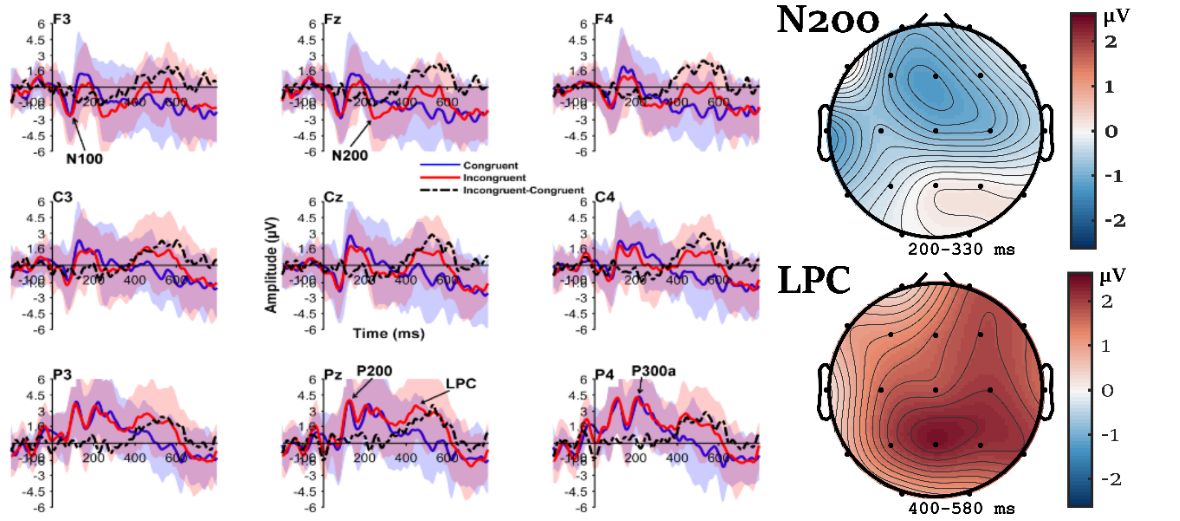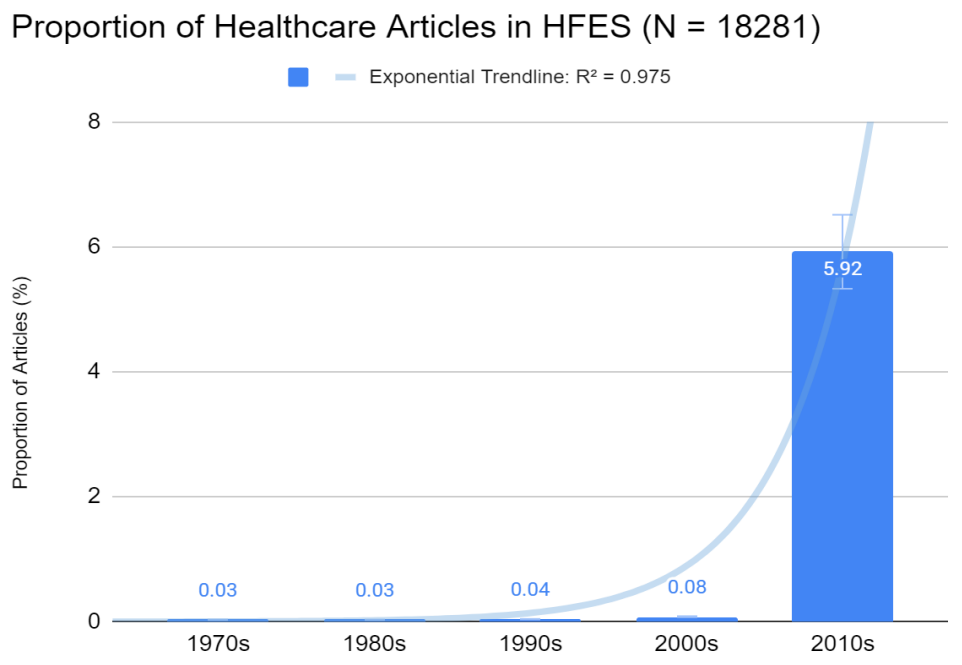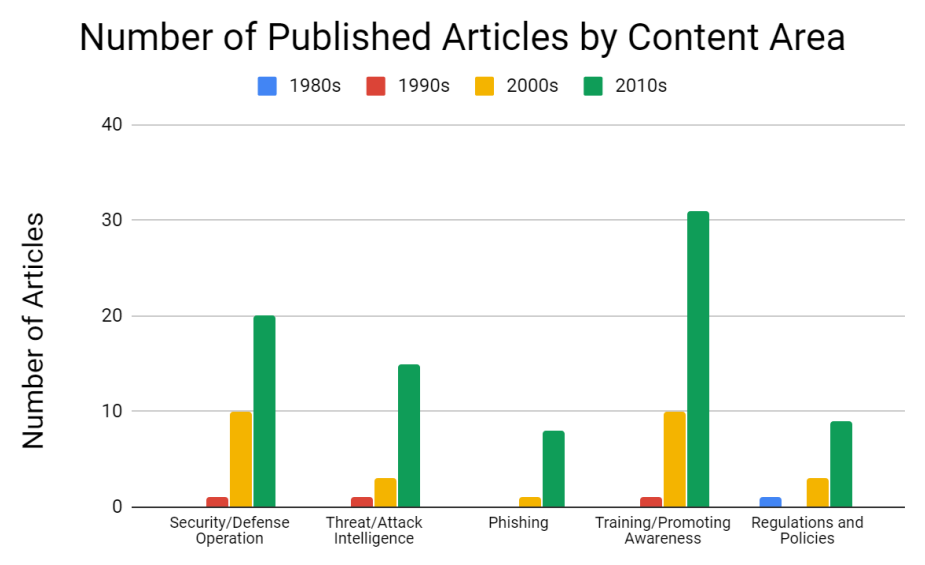Welcome to my
webpage! I’m Salim,
a Neuroergonomist
About me
education
B.S., M.A., soon-to-be Ph.D. in Human Factors and Applied Cognition
FL -> DC
I went from the University of Central Florida to George Mason University – see some of my projects below.
figures
Featured figures from my empirical works
Functional Near-Infrared Spectroscopy
in Low and High Self-Control Individuals
During my first dissertation study, I revealed the effects of trait self-control on vigilance.
The lower your self-control is, the more you activate right parietal cortex and lose attention over time.
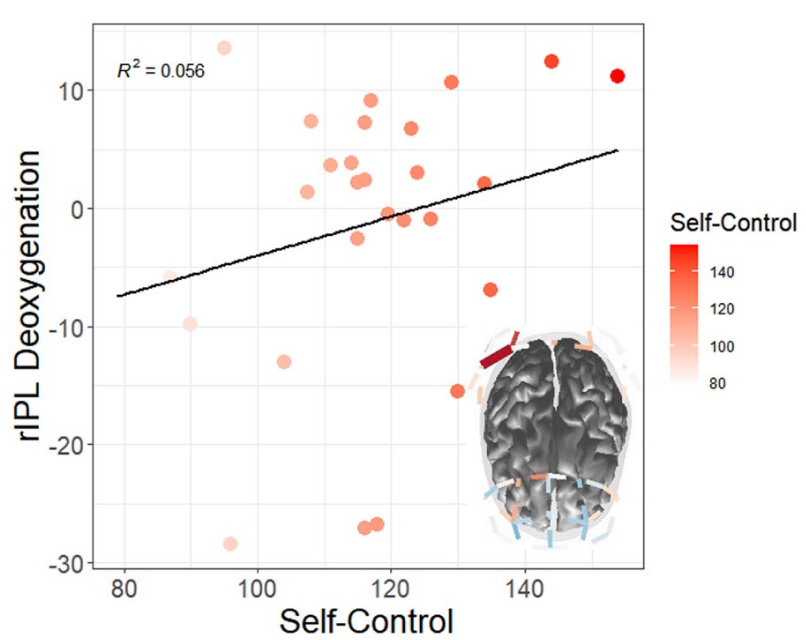
Event-Related Potentials in Monolinguals and Bilinguals
Reduced accuracy and response times in ESL bilinguals follows more activation in late-stage, right parietal ERP components.
Functional Near-Infrared Spectroscopy
on the Spectrum of Mental to Physical Fatigue
During my undergraduate thesis, I examined the effects of mental and physical fatigue on cognition.
This figure depicts the effects of all four fatiguing tasks on the prefrontal cortex.
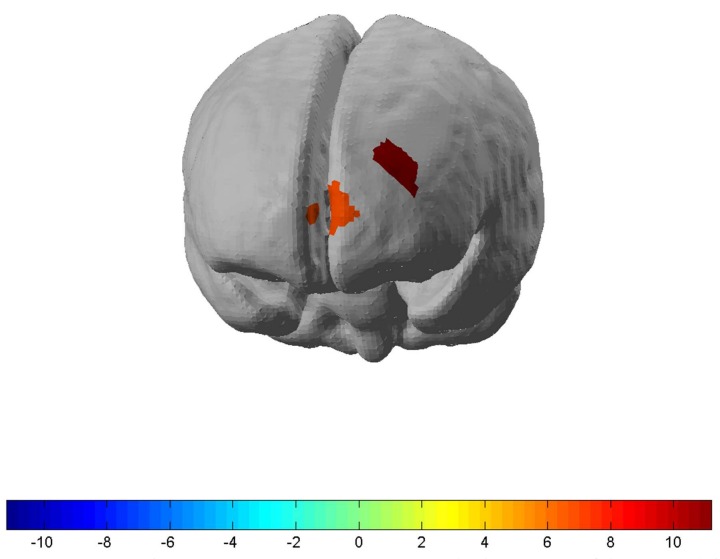
Featured figures from my systematic analyses
15 Years of Extended Reality in Human Factors
Our book chapter looked at trends in XR methods for training across 530 articles within HFES.
Shown is the evolution from 1st generation (darker colors) to 2nd generation systems (lighter colors).
Discussed are their use in military, healthcare, entertainment, manufacturing, and transportation.
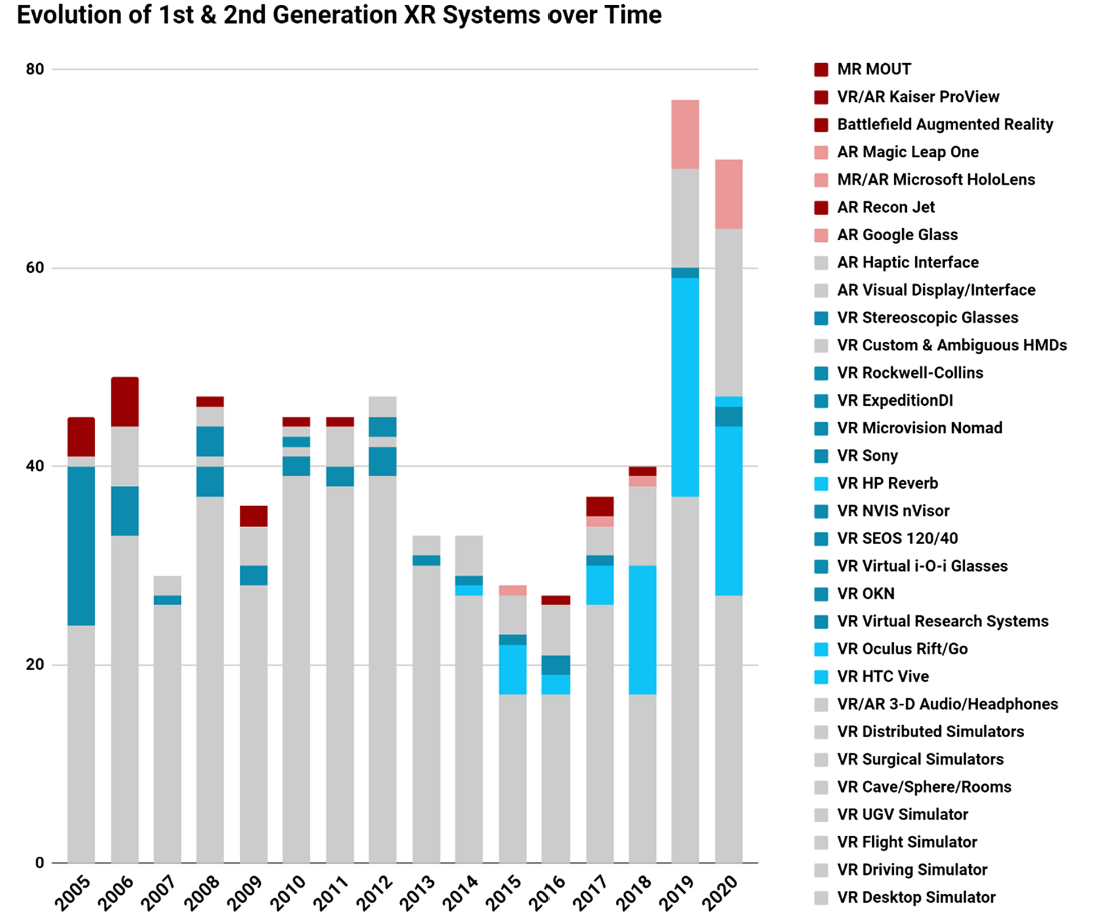
50 Years of Medical Human Factors
We identified research trends in 1,251 articles in the HFES and HCS Proceedings, ranging from
growth in telesurgery, assistive technologies, medical devices, to physician and surgeon training.

